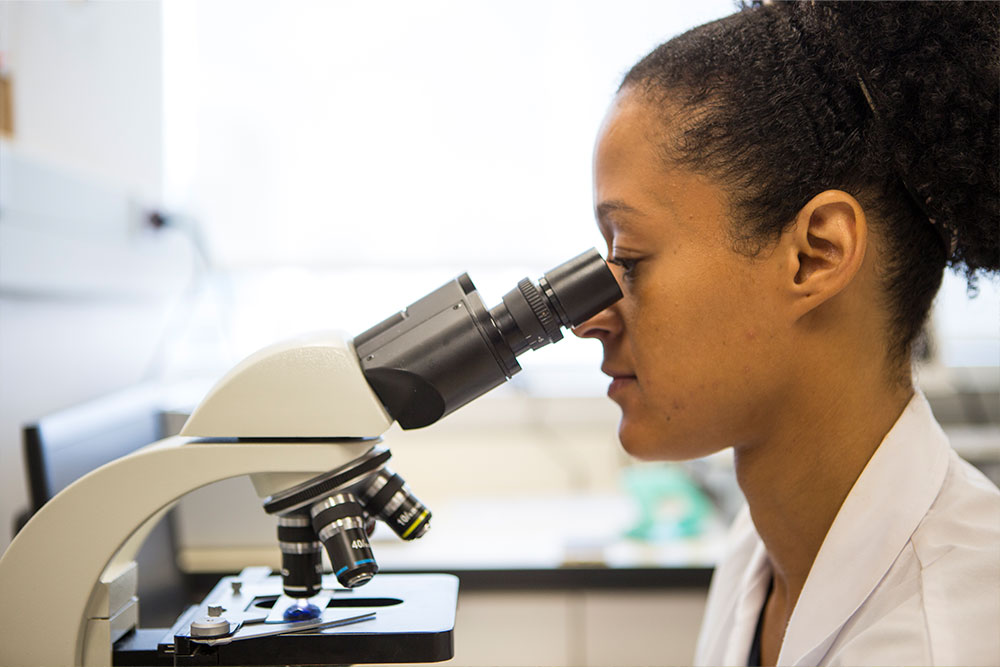Context and investment rationale
Angola’s healthcare system has been significantly underdeveloped, with a lack of human and institutional capacity and a scarcity of diagnostic medical services. The shortage of hospital beds – one for every 10,000 people, and doctors – two for every 10,000 people, made it clear that improved healthcare provision at an affordable price was long overdue.
We established Luanda Medical Center (LMC) to develop and operate a state-of-the-art facility that could provide the population with access to high-quality and affordable medical care. The business model entailed a multidisciplinary approach, focusing on three main pillars: (i) primary and urgent care; (ii) secondary care through expert advisory clinics, and (iii) tertiary care, with minimally invasive diagnostics and surgical procedures.
Value creation
LMC was a flagship investment for our healthcare theme and has been established as an industry benchmark in sub-Saharan Africa. Vital Capital started LMC’s building refit in 2013 and raised debt from the US Development Finance Corporation (former OPIC).
LMC was designed and constructed to the standard of a world-class private medical clinic, delivering international-quality healthcare. It pioneered telemedicine in Angola and provided state-of-the-art diagnostic equipment. Through investment in high-end technologies including X-ray, ultrasound, CT and MRI, and with the support of the world’s leading imaging and lab providers, LMC has dramatically increased diagnostic capabilities in Luanda. It is also committed to knowledge transfer, with international medical experts hired to provide training aimed at increasing staff competency and improving the care they deliver.
LMC strengthened its outreach by having agreements with all major insurance companies and, importantly, public health insurance, which accounts for up 40% of LMC’s patients. Outreach efforts via local radio and TV aimed to increase awareness of the center and its mission as well as to provide ongoing patient education.
The investment thesis was completed by end of 2015, when LMC was fully operational, offering high-quality affordable healthcare in a welcoming state-of-art facility. LMC recorded exponential growth, reaching operational breakeven in 2017 and healthy EBITDA margins thereafter.
Tangible results
In 2018 Luanda Medical Center served a total of 208,000 individuals. 40% of those individuals were served via public health insurance – a figure we identify as a proxy for the estimated number of individuals served in low to middle-income populations. Of the visits, an estimated 93% were curative. 62% of LMC’s 280 employees were female at the time.
In verifying our impact at exit, we surveyed LMC’s clients to better understand and confirm our impact thesis. This is part of a larger effort by LMC to solicit feedback from their clients on an ongoing basis (sometimes even daily) for various purposes. Key conclusions found that LMC is perceived as a superior alternative to other local private clinics and as a legitimate alternative to health services abroad. It was also able to transition some clients from the public system to a private-level service. While LMC pricing is considered fair and adequate, it is mostly affordable to middle and upper-income segments of the population. Patients are highly satisfied with the service they get in LMC, which in turn feeds an effective recommendation mechanism.
These findings confirm that LMC is redefining the Angolan medical landscape, providing high-quality care to people of all socio-economic levels.


